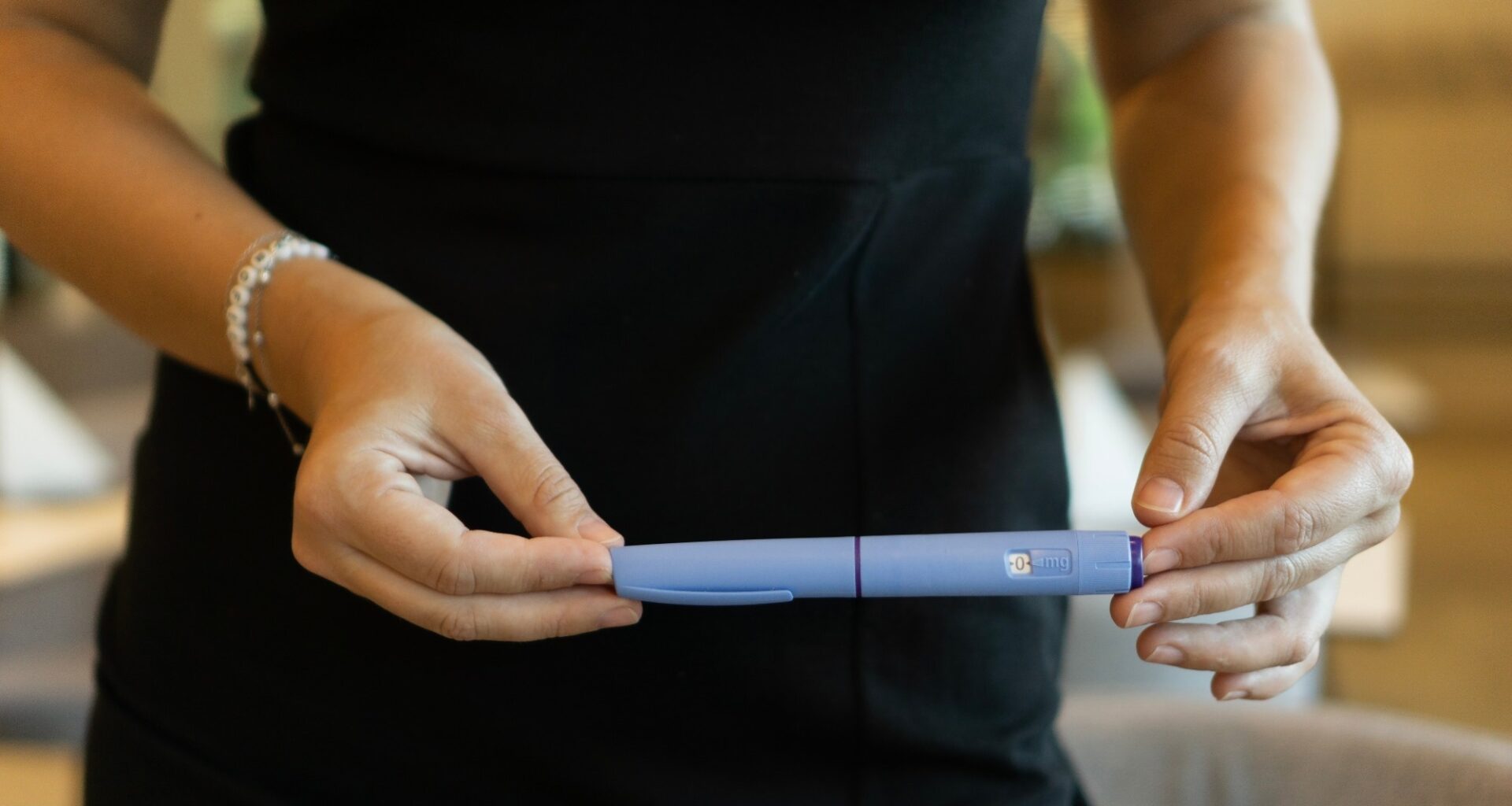A new sociomedical perspective shows how off-label use of GLP-1 drugs for slimness is redefining what counts as a healthy, responsible body, revealing hidden moral pressures and global inequalities behind the weight loss boom.
Perspective: The Uncharted Territory of the New Obesity Drugs in Users Without Obesity: A Sociomedical Perspective. Image Credit: Pietukhova / Shutterstock
In a recent perspective in the journal Obesity, researchers discussed recent medical developments that have not only revolutionized the treatment of diabetes and obesity, but whose popularity has also quickly spread among groups who lack clinical indication for obesity or diabetes treatment.
This off-label use, the authors argue, is exposing deeper tensions between medical innovation, weight stigma, and the social value attached to thinness, as medication becomes a means of attaining social and aesthetic goals rather than improving health.
Cultural Drivers of Nonmedical Weight Loss Use
Glucagon-like peptide 1 receptor agonists (GLP-1 RAs) have revolutionized the treatment of obesity and diabetes, offering significant weight loss with manageable side effects. However, their popularity has rapidly spread to individuals without obesity or metabolic disorders, who use them off-label to achieve or maintain slimness.
This phenomenon, marked by celebrity endorsements, media attention, online sales, and widespread social media discussion, reflects more than a medical trend. It reveals a growing cultural shift in which slimness is equated with moral virtue, self-discipline, and social value, as the authors describe it – a moral economy of the body.
The authors argue that this off-label use exposes deeper tensions between medical innovation, body image ideals, and the social meanings attached to thinness, and explicitly ask whether such use should be considered an abuse of medical technology or a rational adaptation to weight-stigmatizing environments.
Understanding these behaviors requires moving beyond clinical data to explore the psychological, cultural, and political contexts that shape how people use these drugs. Off-label use represents a form of pharmacological thinness, where medication becomes a means of attaining aesthetic and social goals rather than health improvement.
Positioning GLP 1 RAs as Lifestyle Optimization Tools
GLP-1 RA drugs were initially developed for individuals with obesity and type 2 diabetes, but their reach has extended far beyond this population.
With the rise of online promotion and influencer marketing, these drugs are now positioned as tools of lifestyle optimization and bodily perfection. This expansion also highlights the limitations of the body mass index (BMI) in defining obesity, as many individuals with normal or mildly elevated BMIs may perceive themselves as needing intervention.
Weight loss, once a clinical outcome, has become a visible marker of personal virtue, performative achievement, and conformity to dominant beauty and health ideals, reflecting broader neoliberal healthism ideals that conflate appearance with moral responsibility. Within this moral economy, losing weight symbolizes effort and commitment, while failing to do so is seen as a moral shortcoming.
For users without obesity, these drugs may represent a means of achieving socially approved body shapes and social worth without the burden of traditional self-discipline. They help individuals navigate a culture that equates thinness with attractiveness, competence, and even employability.
Gaps in Understanding Eating Behavior and Drug Experience
Research gaps remain across multiple domains regarding the off-label use of GLP-1 RAs. One key gap concerns food and appetite, particularly how these drugs reshape users’ emotional and sensory relationships with eating. While some individuals may feel liberated by reduced hunger, others may experience distress, alienation, or loss of enjoyment associated with food.
Another area of uncertainty involves side effects, as users’ perceptions of symptoms such as nausea or fatigue may vary widely and may even be interpreted as markers of treatment efficacy. For some, these effects are interpreted as signs of drug efficacy or commitment to weight loss, whereas others experience them as discomforting or harmful.
Gaps also persist in understanding the impact of these drugs on body image and self-worth. While weight loss may enhance self-esteem for some, it may simultaneously heighten dissatisfaction or lead to further body modification pursuits, such as cosmetic procedures. Off-label use may alter eating behaviors, emotional regulation, and mental health, potentially leading to increased anxiety, guilt, or disordered eating.
Access Pathways, Medical Oversight, and Social Privilege
Further research is required on access and dependency, particularly regarding how users obtain these drugs through medical or informal channels, and how cost, medical oversight, medical gatekeeping, and social privilege shape accessibility. Emotional dependence also warrants investigation, as some users may fear weight regain more intensely than adverse effects, raising concerns about long-term reliance.
Social media plays a pivotal role in normalizing GLP-1 RA use, spreading narratives that frame pharmacological weight loss as desirable and legitimate. However, the ways digital spaces shape motivations, self-image, and peer validation remain poorly understood. Users may view pharmacological weight loss as more legitimate or effective than other methods, reinforcing moral hierarchies around body management.
Cross-National Research to Understand Cultural Differences
The authors propose a multinational research initiative, currently involving Brazil, the US, Denmark, and Japan, to examine how off-label GLP-1 RA use manifests across different societies, where cultural contexts shape distinct motivations. For example, this includes navigating racialized beauty standards in Brazil and technologies of neoliberal self-discipline in the US. This is not merely a deviation from medical norms but part of a broader cultural transformation in how the body, health, and morality are understood.
An intersectional framework is vital to understanding how factors such as gender, race, age, class, and geography shape who uses these drugs, how they are judged, and what outcomes they experience. Without such nuance, users risk being stereotyped as vain or irresponsible, while the deeper structural pressures that normalize pharmaceutical thinness remain invisible.
Integrating Biomedical and Sociocultural Perspectives
Ultimately, understanding off-label GLP-1 RA use requires integrating biomedical insights with sociological and cultural analysis. These drugs not only alter metabolism and appetite but also reshape identities, social hierarchies, and moral judgments.
Journal reference:
Scagliusi, F.B., Gualano, B., Andreassen, P., SturtzSreetharan, C., Due Jensen, S., Brewis, A. (2025). The Uncharted Territory of the New Obesity Drugs in Users Without Obesity: A Sociomedical Perspective. Obesity 0, 1 to 4. DOI: 10.1002/oby.70069, https://onlinelibrary.wiley.com/doi/10.1002/oby.70069


